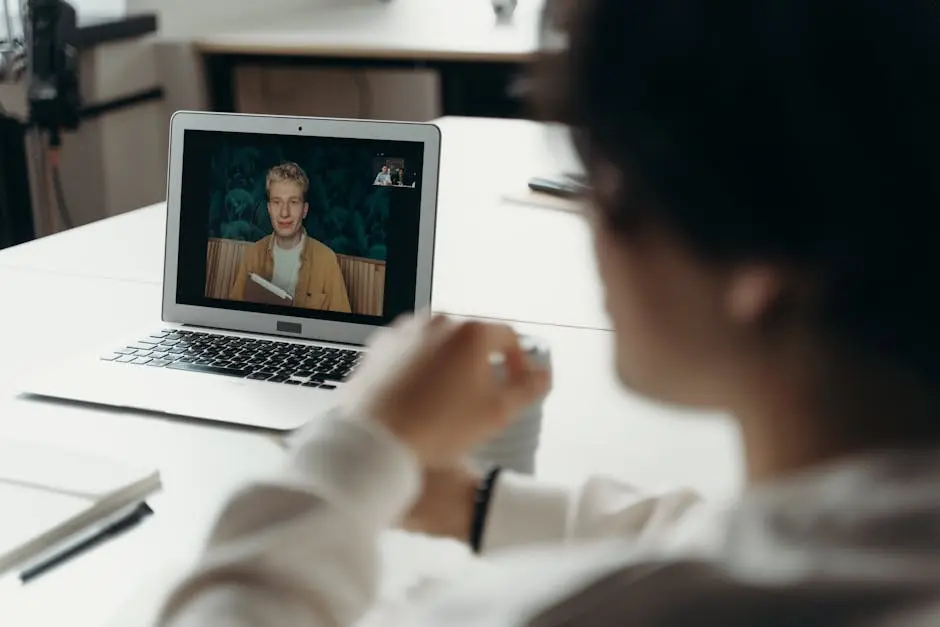In our increasingly digital world, video conferencing has become a crucial part of our daily routines, enabling remote work, virtual meetings, and online learning. However, with the rise of this technology, security concerns have also emerged. In this FAQ, we’ll explore essential security practices to ensure your video conferencing experiences are safe and secure.
Why is Video Conferencing Security Important?
Understanding the importance of security in video conferencing is crucial due to the sensitive nature of information shared during these meetings. Protecting your data from unauthorized access is paramount.
Video conferencing sessions can frequently involve confidential business information, sensitive personal details, or strategic conversations. Hackers and cybercriminals continually look for vulnerabilities to exploit, making it imperative to secure these virtual interactions 11 video conferencing security and privacy best practices.
Choose the Right Platform
Selecting a video conferencing platform that offers strong security features is the first step. Look for features like end-to-end encryption and robust authentication processes.
Many platforms now provide options for encryption and user authentication, which are essential for secure video conferencing. While evaluating platforms, confirm they support these features, and remember to activate them whenever possible for added protection.
Use Strong and Unique Meeting Passwords
Always set strong, unique passwords for your video conferences. This simple step can prevent unauthorized individuals from gaining access to your meetings.
Reusing the same meeting ID or password may inadvertently invite unwanted guests to your virtual meetings. Implementing a unique password for every session fortifies your efforts to keep intruders out and ensures peace of mind during discussions.
Enable Waiting Rooms
Waiting rooms allow hosts to screen participants before they join the main meeting. This feature acts as a gatekeeper, ensuring only expected participants are allowed in.
The waiting room feature is invaluable for managing who gets admitted into your digital space. Not only does it prevent uninvited individuals from joining unannounced, but it also gives the host control to monitor and approve participants, boosting the overall security of the session.
Limit Screen Sharing
Restrict screen sharing capabilities to the host or trusted individuals. Limiting this feature reduces the potential for misuse during the conference.
Screen sharing, while an effective collaborative tool, can become a security vulnerability if not managed properly. Make sure only the host or designated members share screens. This prevents potential mishaps or the accidental display of sensitive data and narrows the scope for cyber intrusions.
Regularly Update Software
Keep your video conferencing software up to date with the latest security patches. Regular updates protect against vulnerabilities and enhance overall security.
Cyber threats are continually evolving, and software developers respond by releasing regular updates to counteract new vulnerabilities. By staying on top of these updates, you ensure that your conferencing tools operate with the latest security enhancements, minimizing your exposure to potential attacks.
Ensuring Safe and Secure Video Conferencing
By implementing these security best practices, you can significantly reduce the risk of security breaches during video conferencing. Staying proactive and informed is key to safeguarding your virtual meetings and maintaining privacy. Remember, a secure video call is a successful video call.

